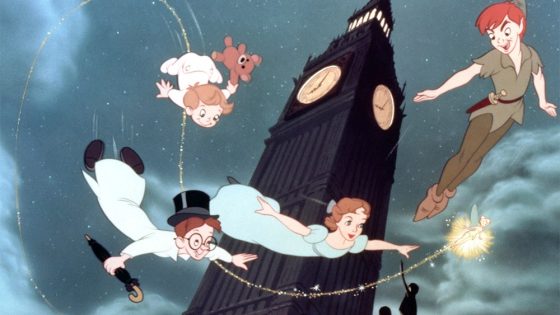Disney is changing its content warnings for classic films, including “Peter Pan” and “Dumbo,” as part of a shift in its diversity, equity, and inclusion (DEI) strategy. The updated disclaimers will now state that these films “may contain stereotypes or negative depictions,” reverting to language used in 2019.
- Disney updates content warnings for old films.
- New warning acknowledges stereotypes and negative depictions.
- Previous warnings aimed to spark conversation.
- DEI strategy evolving under new leadership.
- Company values emphasize inclusion and respect.
- Changes reflect broader cultural and political shifts.
Disney first introduced content warnings in November 2019 to address racist depictions in films from the 1940s and 1950s. The initial warning indicated that the films may contain outdated cultural depictions. In October 2020, the company expanded the disclaimer to acknowledge the harmful impact of stereotypes, emphasizing a commitment to inclusivity. However, the recent update reverts to a simpler warning similar to the original.
In a memo to leadership, Disney’s chief human resources officer Sonia Coleman emphasized the importance of creating a respectful environment for employees and guests. She noted that the company’s values guide actions and will influence leader compensation programs. Coleman’s memo reflects ongoing efforts to align talent strategies with these values.
Disney’s content warning changes come amid broader discussions on how media companies address historical depictions of race and culture. The decision to revert to previous language indicates a shift in approach, potentially reflecting changing societal attitudes and corporate strategies. Disney aims to balance acknowledging past mistakes with fostering an inclusive future through its storytelling.
The adjustments to Disney’s content warnings highlight the ongoing evolution of the company’s DEI strategy. By revising its approach, Disney aims to navigate the complexities of historical representation while fostering a more inclusive narrative in its content offerings.

































